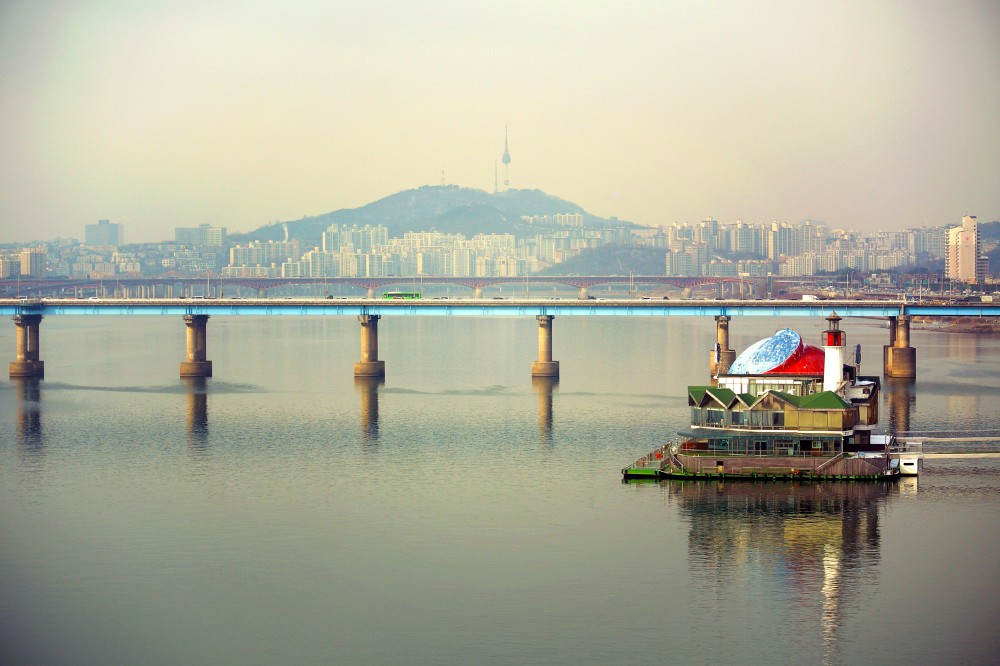Andrei Lankov, The Real North Korea: Life and Politics in the Failed Stalinist Utopia (Oxford: Oxford University Press, 2013); pp. 304. ISBN 978-0-19-996429-1. Hb. £16.99
Book review by Adam Cathcart, University of Leeds.
Socialist nostalgia is a powerful thing in northeast Asia. North Korea’s current leader Kim Jong-un (or, more correctly perhaps, his group of handlers) has wielded it at various times, focusing often on the period of state formation, the years from 1945-1948. Kim Jong-un’s land reforms put forward in June 2012 were therefore an echo of his grandfather’s reforms of 1946, and were explicitly interpreted as such in state media. North Korean state propaganda has described with some joyousness the parallels between the new leader and the optimism of the early liberation era.
One of the great aspects of Andrei Lankov’s work is the inherent warning it possesses about presentism, or reading North Korean history backwards. In other words, it would be erroneous to assume that the ostensibly repressed post-famine rage of the North Korean population had been preceded by decades of resentment or hunger. The oft-repeated bromide that after the Korean War, the DPRK outstripped the ROK in terms of industrial output and other economic measures until the early 1970s still applies here; the state’s grain supply for individuals lasted from 1957 until the 1990s. Complain if one must about foreign subsidies that propped this system up, but the ability to feed the populace was interpreted certainly as a cornerstone of Kimist legitimacy, along with nationalism and a sense of siege identity.
Socialist nostalgia for the pure and participatory era of state consolidation is, of course, not merely a North Korean phenomenon and it is shared in the region. Scholars in Chinese Studies are returning increasingly to the era of state formation in the People’s Republic of China, the state founded in 1949. Here the North Koreans can legitimately pose themselves as the elder brothers of the Chinese, as they were “present at the creation” of the PRC.) While the Great Leap Forward (1958-1961) and the Cultural Revolution (1966-1976) are seen as the great traumatic acts, increasingly attention is being turned to the early 1950s, and specifically how violent they were.
The DPRK had a war from 1950-53, but it had nothing whatsoever like the Chinese effective creation and repression of “deviant” populations. Most left in 1946, and those who had not left or were killed in the midst of the Korean War, like Cho Man-sik. North Korea has never had a society-upheaval massive purge along the lines of those unleashed by Stalin in 1937 or Mao’s chaotic variant. Apart from the massive rupture of the Korean War, North Korean society was remarkably stable, until the famine changed the equation. But is is still rather stable, if not, because one unhinged editorial in The Guardian wrote, because the people were all “brainwashed.”
Lankov is particularly well-suited to comment on such continuities because he is a historian, and a particularly talented one.
Andrei Lankov’s attractive book functions as a gloss on, and a distillation of, his previous work. In that sense it is rather like Bruce Cumings’ miniaturized The Korean War (Modern Library, 2011). This is not a text where a great deal of new research will be trotted out, nor is it clotted up with footnotes from the author’s new research. But taking the time to reflect, and having the ability to write with some salt, is worth a great deal.
Factionalism and purges are a vital element in Lankov’s contribution to the historiography, and this text revisits some of that work. Kim Jong-un has seen his moment in history with Ri Yong-ho and Jang Song-taek, but these quick purges were nothing compared to the long series of internecine battles — bureaucratic and otherwise — that Kim Il-sung had with his own cohort. These historical episodes, looking again at how Kim settled into power, are particularly useful to revisit today as a scattering of other new “competitor books” seek to reinterpret the Manchurian guerrilla experience.
Before the Korean War, Lankov tells us, Kim Il-sung was “one of many North Korean Communist leaders, merely a primus inter pares in Pyongyang — one whose slightly special standing was largely, or even exclusively, derived from Soviet support.” That was in the years primary to the massive inflating of a historical personality cult, a task undertaken by Kim Jong-il for his own reasons. (Kim took a fateful trip up to the Chinese frontier in 1967, where he was haunted by the clangor of the Red Guards across the river as he sought to build the massive Pochonbo Battle Monument.)
There is an abridged explanation of the factional struggles and purges within the WPK that followed from 1953-1956, done in a style reminiscent of his 2005 text Crisis in North Korea: The Failure of De-Stalinization, 1956. Revealing how many of Kim Il-song’s comrades were purged, Lankov notes dryly: “Only two of the ten members of that initial Politburo were killed by their enemies rather than by their comrades” (p. 14).
How useful is such a legacy for Kim Jong-un? Lankov chooses not to connect those particular dots. But while Kim Il-sung was surrounded by men who had commanded, in many cases, their own militia—Mu Chong, for example—today Kim Jong-un is surrounded by the descendants of the victors of those very purges. Family guardians, and myths of perfect unity existing since the early days, remain stronger than ever.
